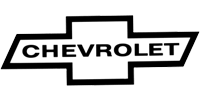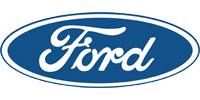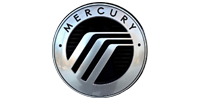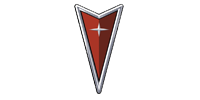1978 Cadillac Seville
This Nice 1978 Cadillac Seville drives very good and looks the part!! Nice shiny paint and good chrome, nice full leather interior and good wheaterstriping, new brakes and new steering box and steering pump! Tiltsteer, power windows and seats, airco, cruise control and the list goes on!! They don`t call this the mini Rolls royce for nothing!! Introduced in mid-1975 and billed as the new "internationally-sized" Cadillac, the Seville was almost 1,000 pounds (450 kg) lighter than the full-sized Deville. The Seville was thus more nimble and easier to park, as well as remaining attractive to customers with the full complement of Cadillac features. More expensive than every other Cadillac model (except the Series 75 Fleetwood factory limousines) at US$12,479, the Seville was modestly successful in the marketplace. It spawned several imitators including models like the Lincoln Versailles, and later the Chrysler LeBaron (Fifth Avenue after 1982). To ensure the quality of the initial production run of Sevilles, the first 2,000 units produced were identical in color (Georgian silver) and equipment. This enabled workers to "ramp up" to building different configurations. Total 1976 Seville production was 43,772 vehicles. Early Sevilles produced between April 1975 (a total of 16,355) to the close of the 1976 model year were the first Cadillacs to use the smaller GM wheel bolt pattern (5 lugs with a 4.75 in (121 mm) bolt circle; the 2003–2009 XLR also uses this pattern). The first Sevilles shared only a strict minority of components with the engineering starting point, the GM X-Body. The rear drums measured 11 in (280 mm) and were similar to the ones used with the Nova 9C1 (police option) and A-body (Chevelle, Cutlass, Regal, LeMans) intermediate station wagons. Starting with the 1977 model year, production Sevilles used the larger 5 lug — 5 inch bolt circle common to full-size Chevrolet passenger cars (1971–76), Cadillacs, Buicks, Oldsmobiles, Pontiacs, and 1/2 ton Chevrolet/GMC light trucks and vans. It also received rear disc brakes, a design which would surface a year later as an option on the F-body Pontiac Trans Am. 1975-76 models had a mandatory vinyl top due to the fact that the roof section was originally tooled up in two parts; the rear section around the C-pillar was pressed especially for Cadillac, and a regular X-body sedan roof pressing was used for the forward parts. Due to customer demand, a painted steel roof was offered beginning in 1977, which required a new full roof stamping. 1977 Seville production increased slightly to 45,060 vehicles. The engine was an Oldsmobile-sourced 350 cu in (5.7 L) V8, fitted with Bendix/Bosch electronically controlled fuel injection. This system gave the Seville smooth drivability and performance that was usually lacking in other domestic cars of this early emissions control era. Power output was 180 hp (130 kW), gas mileage was 17 MPG in the city and 23 MPG on the highway[citation needed] (the larger Deville and Fleetwood were still getting single digit gas mileage) and performance was good for the era zero to 60 mph (97 km/h) taking 11.5 seconds. A diesel 350 cu in (5.7 L) LF9 V8 was added in 1978,
